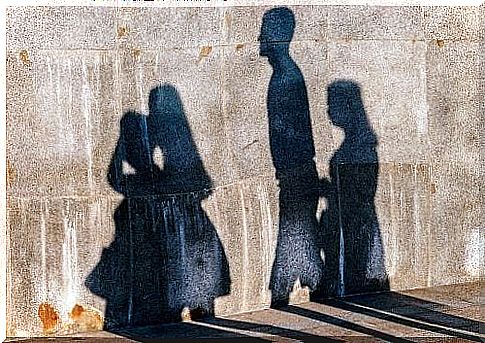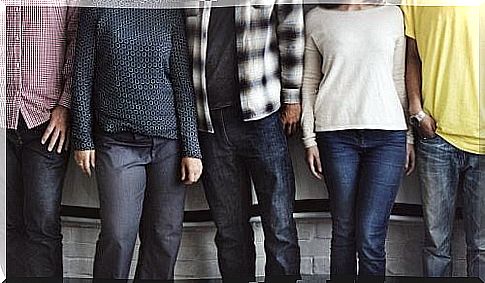3 Ways To Control Prejudice

We all have prejudices. Prejudices are positive or negative attitudes towards a group of people or members of certain groups. We use prejudice to evaluate and label people we do not know. For example, you meet a gypsy. You think all gypsies are good at playing the guitar. Consequently, your interaction with this person will be determined by your previous belief that they are a good musician. Prejudice helps to maintain the status hierarchy between different groups. Fortunately for us, there are different ways to control and reduce our prejudices.
Experts believe that prejudice has three components. Stereotypes are the cognitive component. They represent the mental image you have of a group. Another component is the emotional one. These are the feelings you experience related to a group of people. The last component is behavioral and is represented by discrimination. This is the negative behavior you are showing towards the group you are prejudiced against.
As we said before, prejudices are attitudes towards groups of people or members of this group. Social psychology has developed different ways to control your prejudices. These methods are based on theories of categorization and social identity.
To control your prejudices through recategorization
As humans, we tend to categorize. We divide people and put them in certain boxes. Categorization means that we favor those that we include in our categories. We feel prejudice against those in other categories. So, if you want to control your prejudices, you need to make the boundaries of these categories more flexible. There are three ways to do this:
- Decategorization: This consists of seeing members of other categories as individuals instead of just part of a group. Doing so will help you control or reduce your prejudices. Instead of seeing someone as a “member” of another country, see them as an independent person. It’s a way to have a more positive attitude towards someone.
- Cross-categorization: This technique is about highlighting commonalities that conflicting groups have. When you make people aware of the categories they share, they feel more positive towards each other. You can follow a different religion than me, but we share a gender and nationality.
- Recategorization: This consists of creating a new category that includes members of different categories. For example, we are not Norwegian and French, we are European.

To reduce prejudice through a common group identity
The previous technique, re-categorization, is the one that researchers have studied the most. When we categorize, we form identities. For example, if I categorize myself as a woman, I will form a female identity. To encourage re-categorization, we must therefore create more inclusive identities. Identities that include both my own and others’ identities.
For example, if I identify myself as a woman and you identify yourself as a man, I will tend to favor my group members and have prejudices against your group members.
Having a common identity increases the amount of helpful and cooperative behaviors. As such, the more people that make up the identity, the more benefits the group has. In addition, if we go back to the previous example, the first identities will not disappear. We will continue to be women and feminists. You will still be men and feminists. We have a dual identity. Although there may be another group with a different identity, they are also members of our group. The problem is that whole social identities are not activated at once. The one that is most important at the moment is the one that is activated.

To reduce prejudice through contact
The hypothesis for contact is closely linked to categorization strategies. This theory states that it is possible to reduce prejudice by increasing the contact between members of different social groups. The same applies when members of the group establish close relationships with members of other groups.
However , it seems that the contact hypothesis is only true under special conditions. These circumstances favor contact between members of different social groups. The conditions are as follows:
- There must be social and institutional support when promoting contact.
- The contact must last a certain length. There must be enough time for the relationships between the group members to become significant.
- The participants (people who are in contact with each other) must have a similar status. The condition of both groups should be the same.
- The groups involved must have common goals. These common interests must generate collaborative relationships.
Overall, there are many different ways to reduce prejudice. It seems that creating a category of just “people” is the perfect way to do it.
Nevertheless, the fact that it is difficult for people to identify everyone as human complicates the viability of this option. Maybe a common enemy from another planet would help us identify everyone as humans or earthlings and thus put an end to prejudice altogether!








